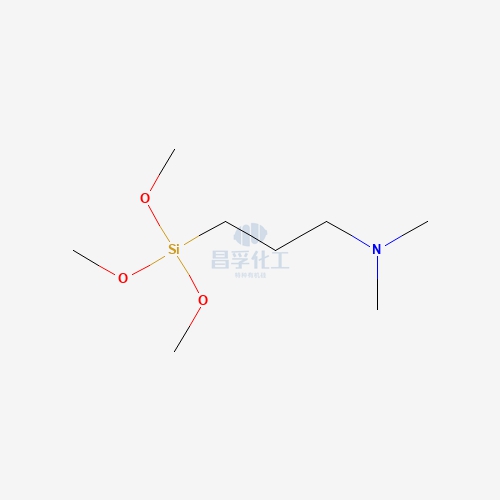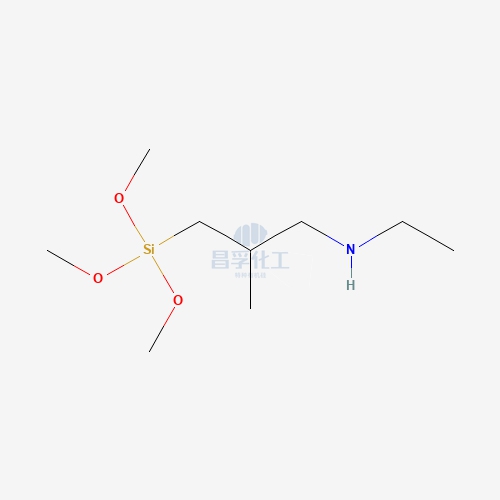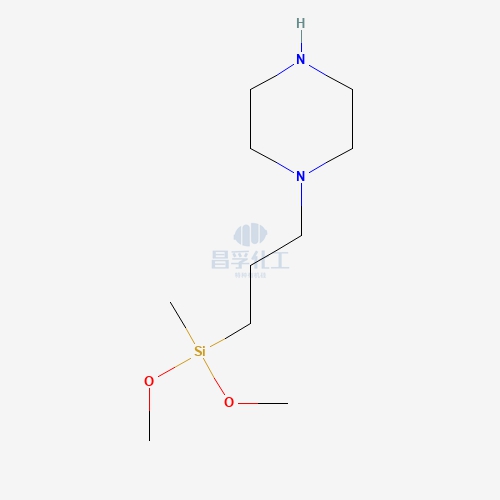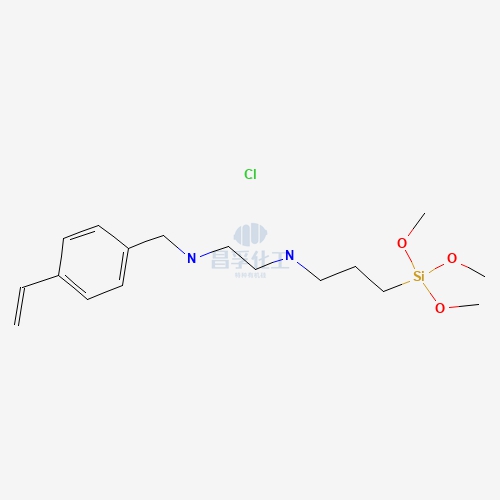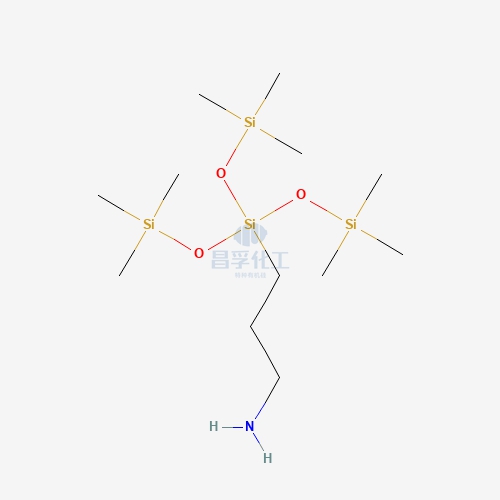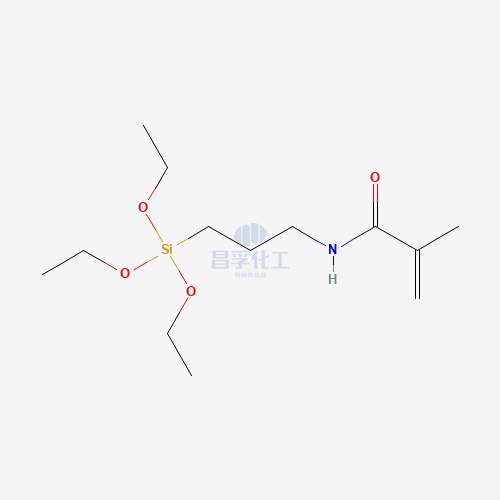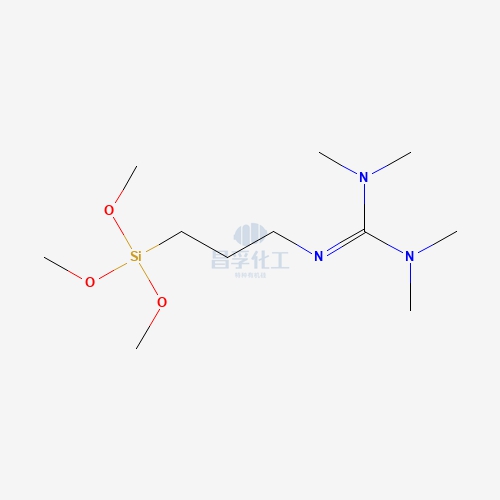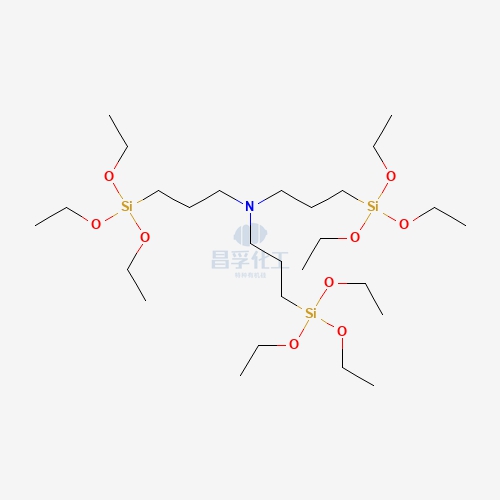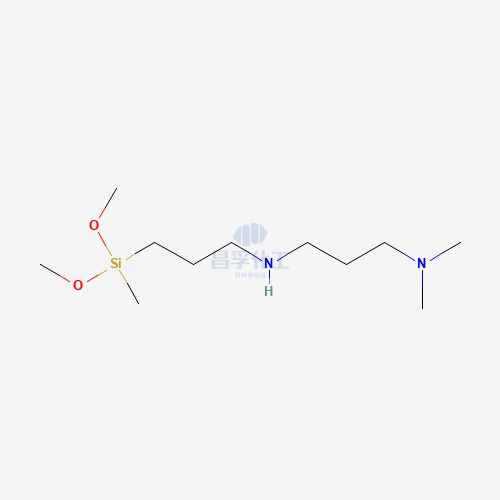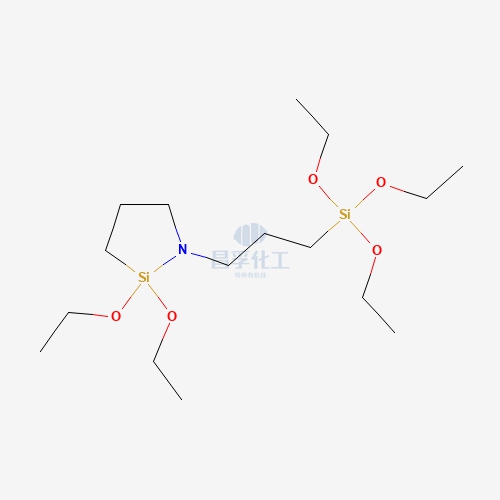
Contact Changfu Chemical Now!
+86 27 8439 6550 | +86 181 6277 0058
What is Silicon Tetrafluoride: Everything You Need to Know
Introduction
Silicon tetrafluoride (SiF₄) is a fascinating and important chemical compound with significant applications in various industries. Understanding its properties, production methods, and uses can provide valuable insights into how it contributes to modern technology and industry. In this comprehensive article, we will delve into everything you need to know about silicon tetrafluoride.
Basic Overview of Silicon Tetrafluoride
Definition: Silicon tetrafluoride is an inorganic compound composed of one silicon atom and four fluorine atoms, represented by the chemical formula SiF₄.
Chemical Formula and Structure: [ SiF_4 ] Silicon tetrafluoride consists of a central silicon atom surrounded by four fluorine atoms, arranged in a tetrahedral geometry. This structure results in a nonpolar molecule with significant chemical reactivity.
Physical Properties of Silicon Tetrafluoride:
- Appearance: Colorless gas
- Odor: Pungent, irritating odor
- Density: 1.66 g/L (gas state)
- Boiling Point: −95.1 °C
- Melting Point: −90.2 °C
![]()
Chemical Properties of Silicon Tetrafluoride
Reactivity: Silicon tetrafluoride is highly reactive, especially with water. It hydrolyzes rapidly to form hexafluorosilicic acid (H₂SiF₆) and hydrofluoric acid (HF).
Chemical Reactions Involving Silicon Tetrafluoride:
- Hydrolysis: [ SiF_4 + 2 H_2O → H₂SiF₆ + 2 HF ]
- With Alkali Metals: Reacts with alkali metals to form silicides and fluorides.
Stability: SiF₄ is stable under dry conditions but reacts vigorously with moisture.
Synthesis and Production of Silicon Tetrafluoride
Natural Occurrence: Silicon tetrafluoride is not typically found in nature. It is usually synthesized for industrial and laboratory purposes.
Industrial Production of Silicon Tetrafluoride:
- Produced by the reaction of silicon dioxide (SiO₂) with hydrofluoric acid (HF): [ SiO_2 + 4 HF → SiF_4 + 2 H_2O ]
Laboratory Preparation of Silicon Tetrafluoride: In the lab, SiF₄ can be prepared by heating silicon with fluorine gas or by treating silicon-containing materials with hydrofluoric acid.
Applications of Silicon Tetrafluoride
Industrial Uses of Silicon Tetrafluoride:
- Chemical Industry: SiF₄ is used to manufacture fluorosilicic acid (H₂SiF₆), which is utilized in water fluoridation and as a precursor for other fluorine compounds.
- Glass Etching: Employed in the etching of glass and ceramics, providing precision in manufacturing.
- Production of Fluorosilicates: Used to produce various fluorosilicate salts for industrial applications.
Silicon Tetrafluoride in the Semiconductor Industry: Silicon tetrafluoride plays a crucial role in the semiconductor industry, particularly in the etching and cleaning processes of silicon wafers. Additionally, it has potential applications in the production of advanced materials like epoxy polysiloxane, which offer enhanced durability and chemical resistance.
Other Uses of Silicon Tetrafluoride: SiF₄ is also used in organic synthesis as a catalyst or reagent, showcasing its versatility.
Safety and Handling of Silicon Tetrafluoride
Toxicity: Silicon tetrafluoride is a toxic and corrosive gas. Inhalation or skin contact can cause severe respiratory and skin irritation. Prolonged exposure may lead to serious health issues.
Handling Precautions for Silicon Tetrafluoride:
- Use in well-ventilated areas or under a fume hood.
- Wear appropriate protective equipment, including gloves, goggles, and respiratory protection.
- Store in airtight containers away from moisture.
Emergency Measures for Silicon Tetrafluoride Exposure:
- Inhalation: Move to fresh air immediately and seek medical attention.
- Skin Contact: Rinse thoroughly with water and remove contaminated clothing. Seek medical help.
- Eye Contact: Rinse eyes with plenty of water and consult a physician.
Environmental Impact of Silicon Tetrafluoride
Impact on the Environment: Silicon tetrafluoride can be harmful if released into the environment. It can contribute to acidification of water bodies and soil, posing a risk to aquatic and terrestrial life.
Regulations for Silicon Tetrafluoride: Various government and industry regulations exist to control the use and disposal of SiF₄, ensuring minimal environmental impact. Compliance with these regulations is essential for safe handling.
Advancements and Future Directions
Research and Development: Continuous research is being conducted to discover new applications and improve the existing uses of silicon tetrafluoride. Innovations in the semiconductor industry and materials science are likely to expand the role of SiF₄.
Silicon Tetrafluoride and Epoxy Polysiloxane: Epoxy polysiloxane is an advanced material known for its excellent durability and chemical resistance. Silicon tetrafluoride can be involved in the synthesis of this material, enhancing its properties and broadening its applications in various industries, including coatings and adhesives.
Sustainable Practices: Efforts are being made to develop more sustainable production methods and recycling processes for silicon tetrafluoride. These initiatives aim to reduce the environmental footprint and promote responsible use of this chemical compound.
Conclusion
Summary: Silicon tetrafluoride is a significant compound with diverse applications in the chemical and semiconductor industries. Understanding its properties, production methods, and safety measures is crucial for those working with or studying this compound.
Importance of Knowledge: Knowledge about SiF₄ is essential for professionals in relevant fields, ensuring safe and effective use while minimizing health and environmental risks.
Further Reading and Resources: For more in-depth information, consider exploring scientific journals, industry publications, and safety data sheets related to silicon tetrafluoride.
Popular Silicon Compounds
Popular Silicon Compounds
Related News & Blog
Related News & Blog


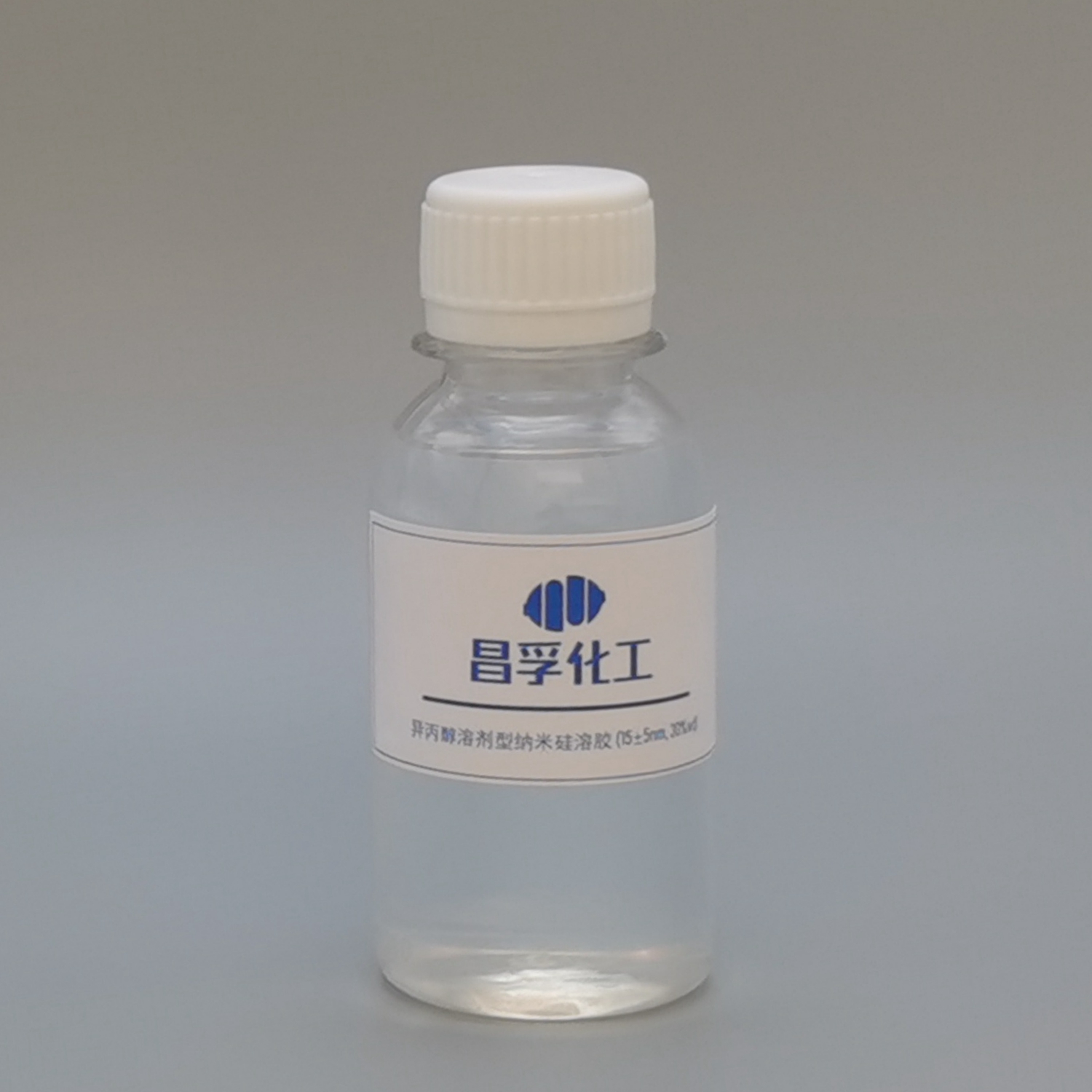
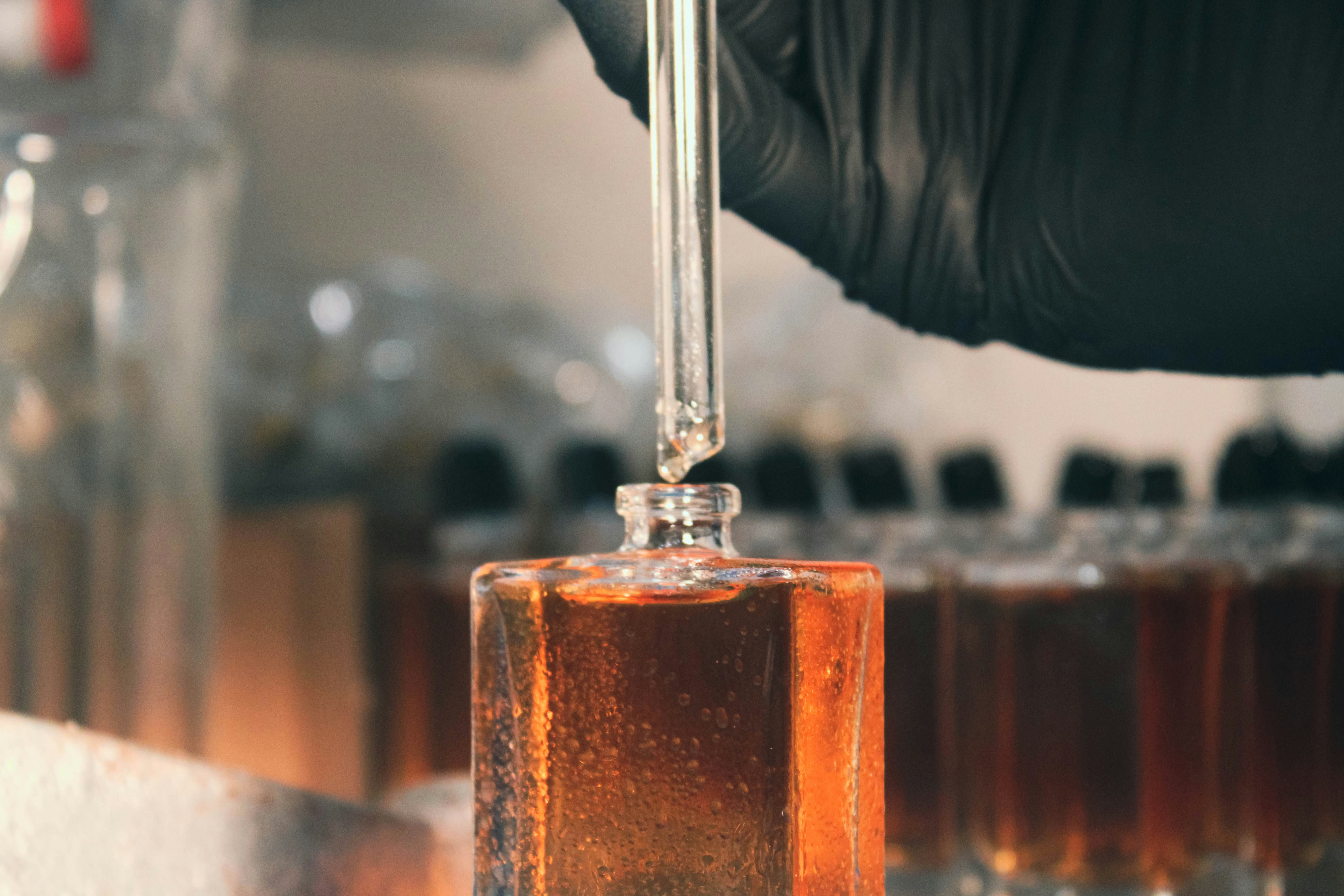
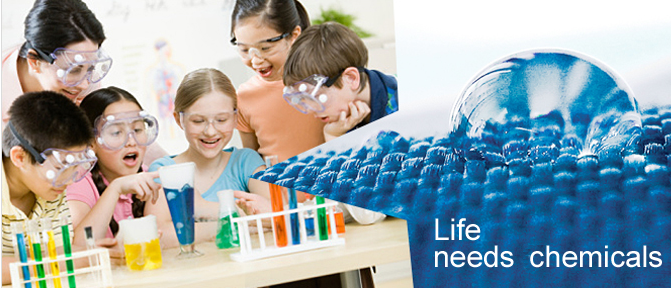



















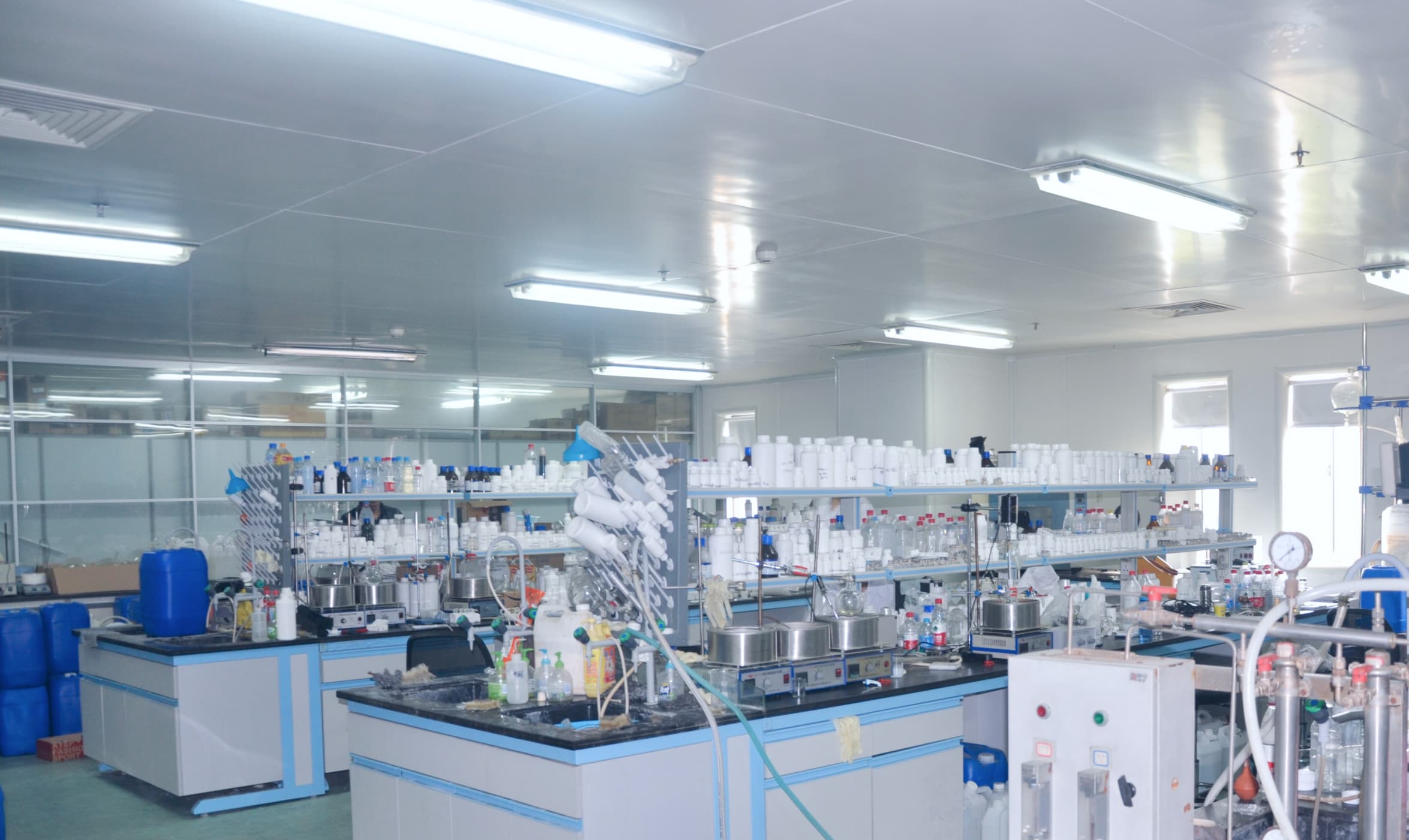


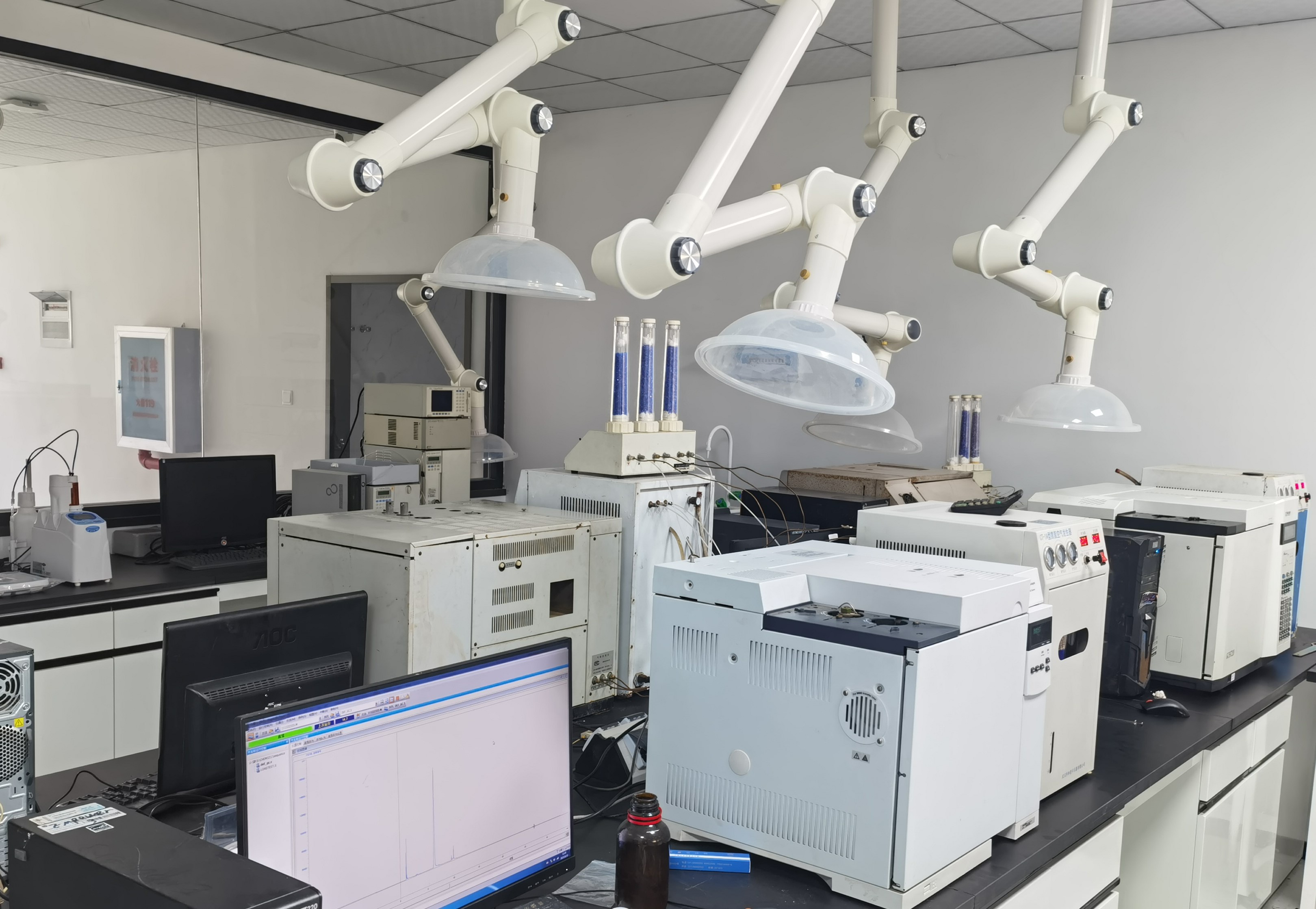



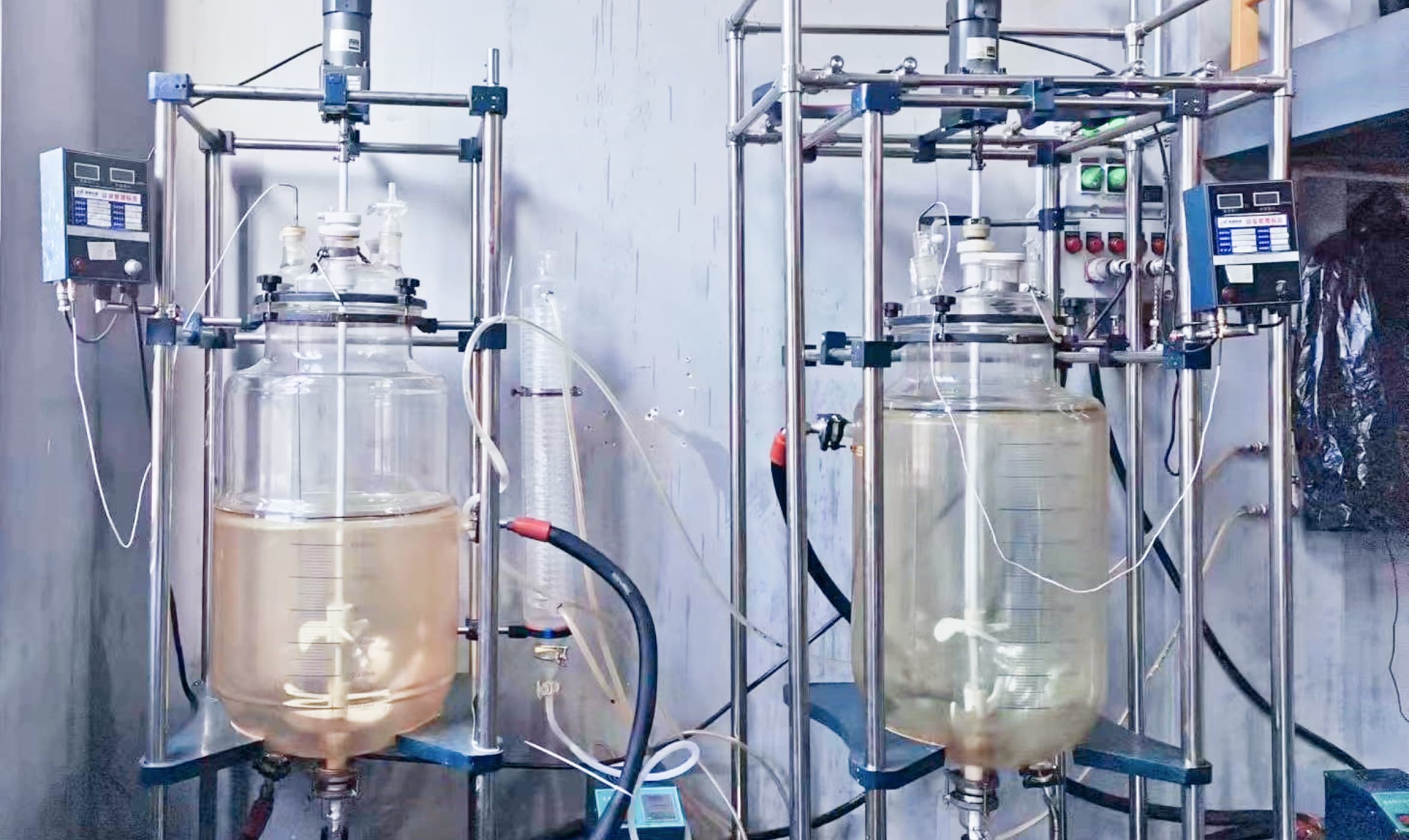



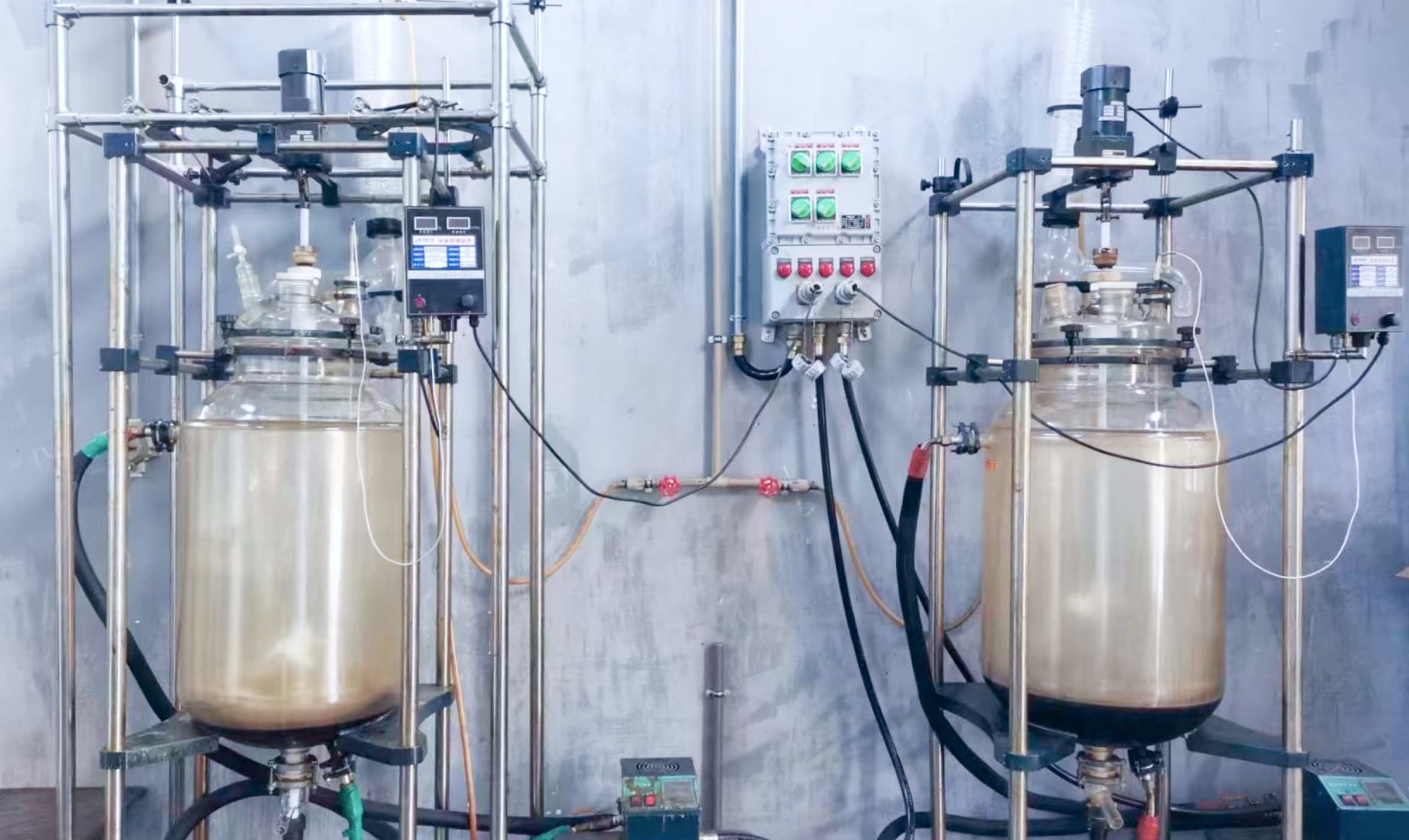
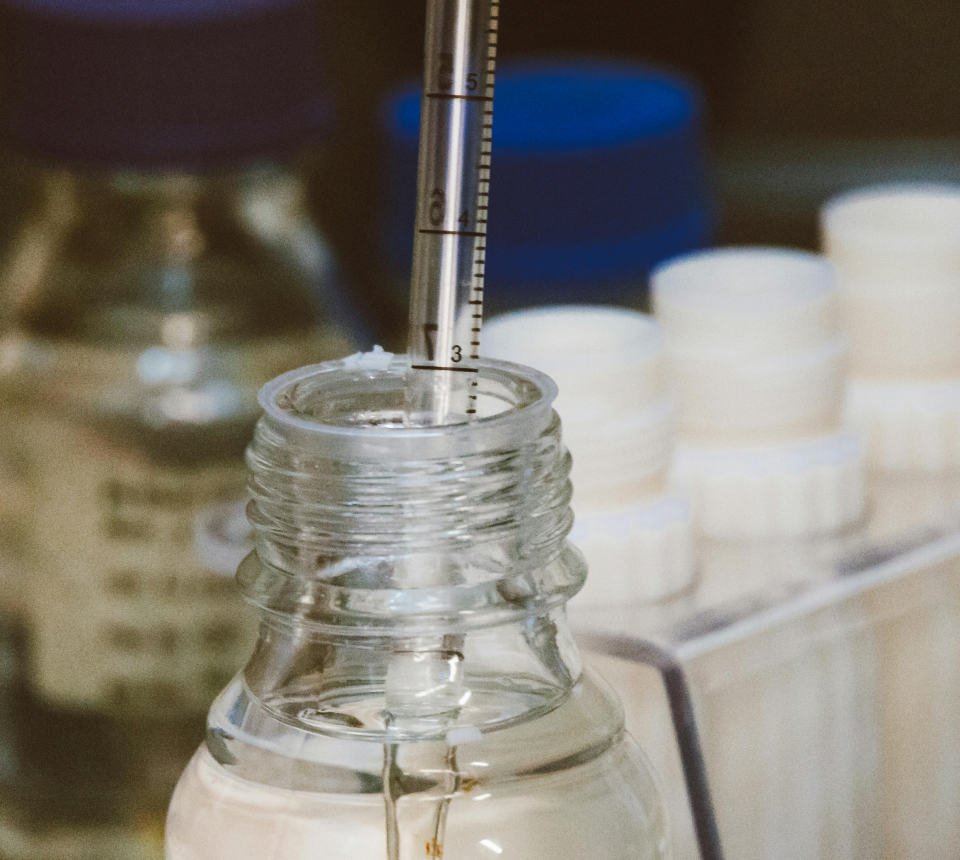





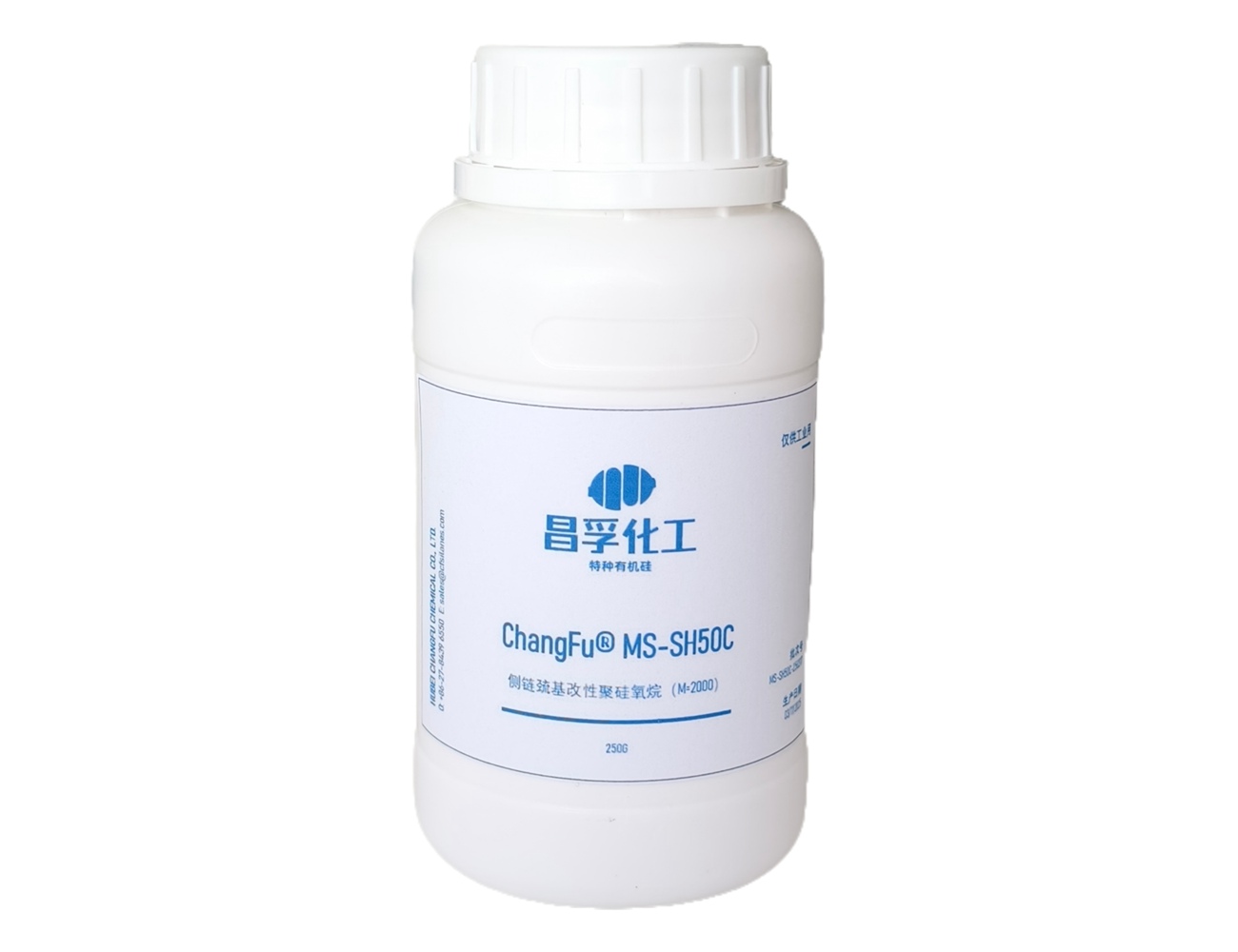



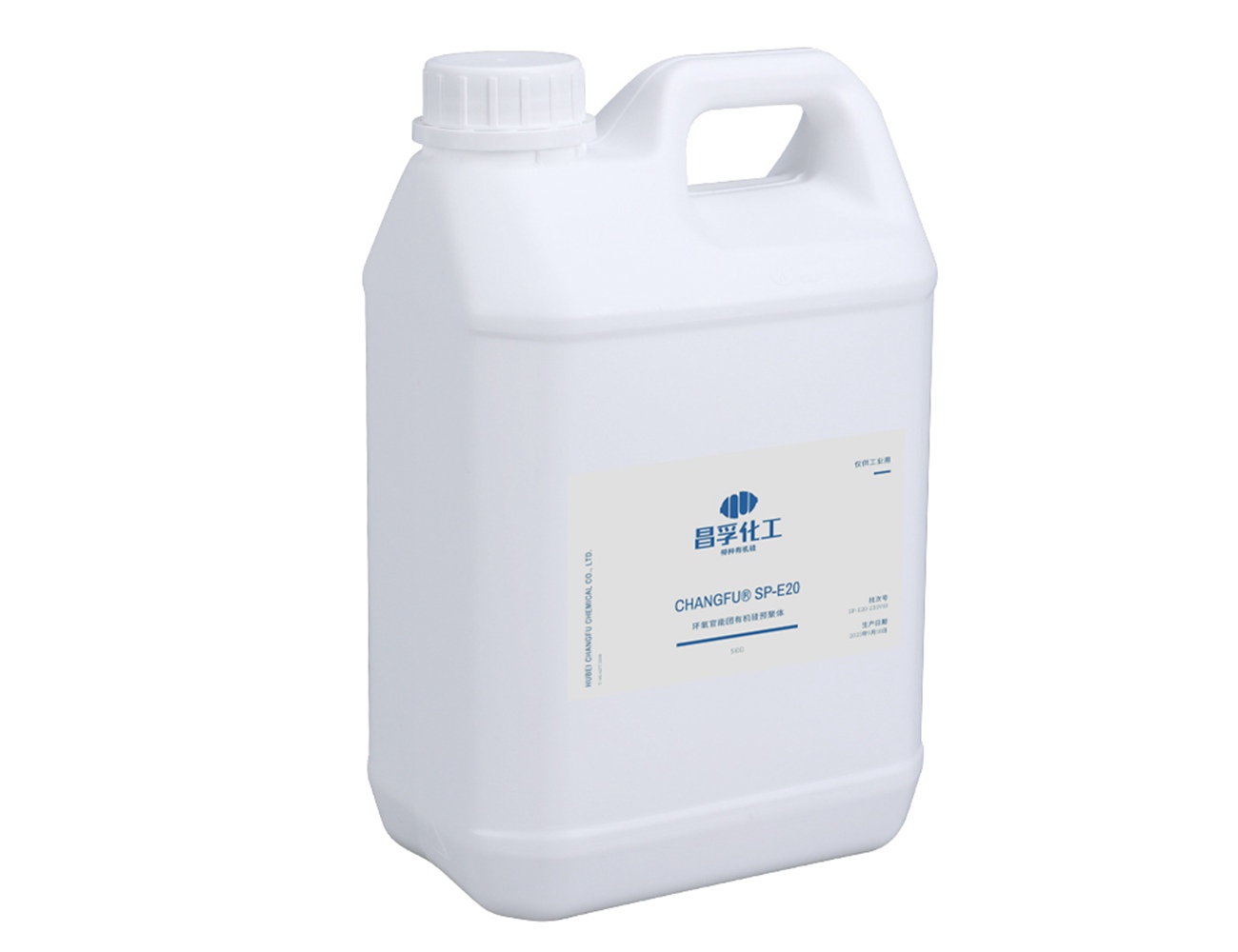
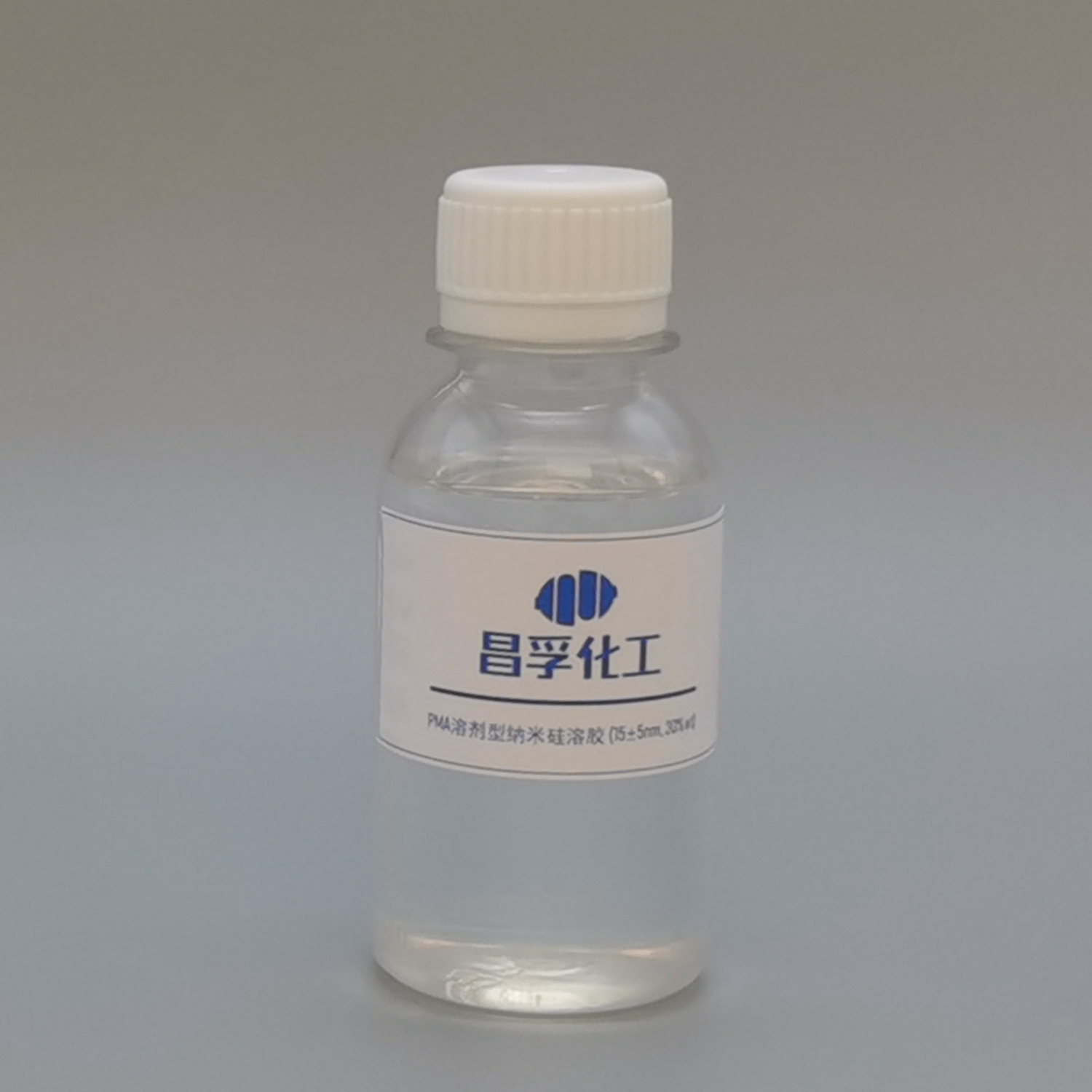
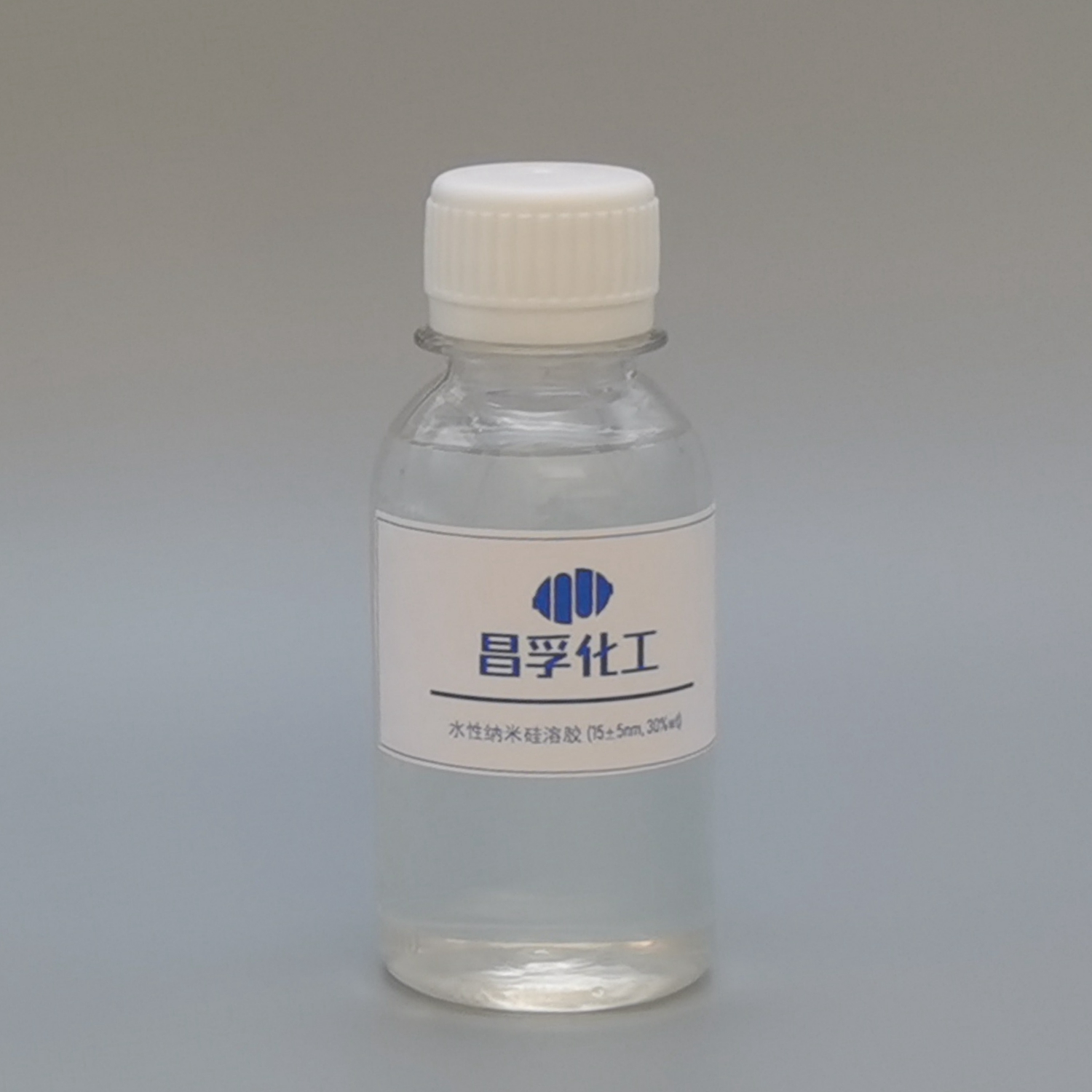

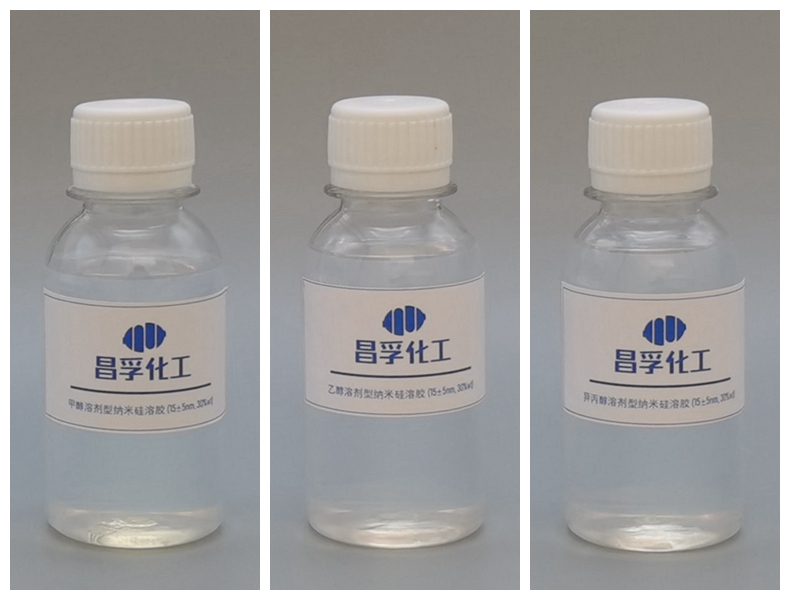
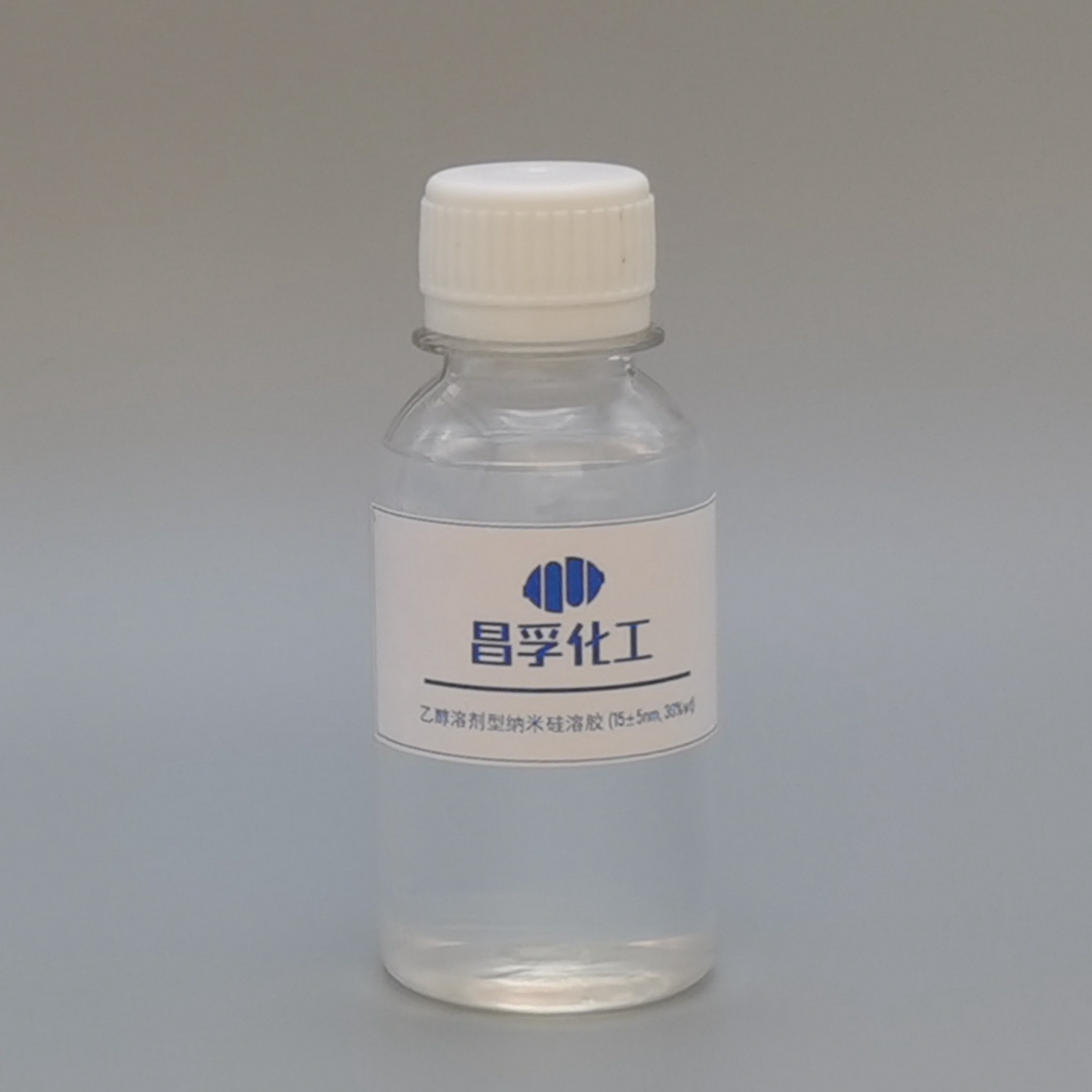
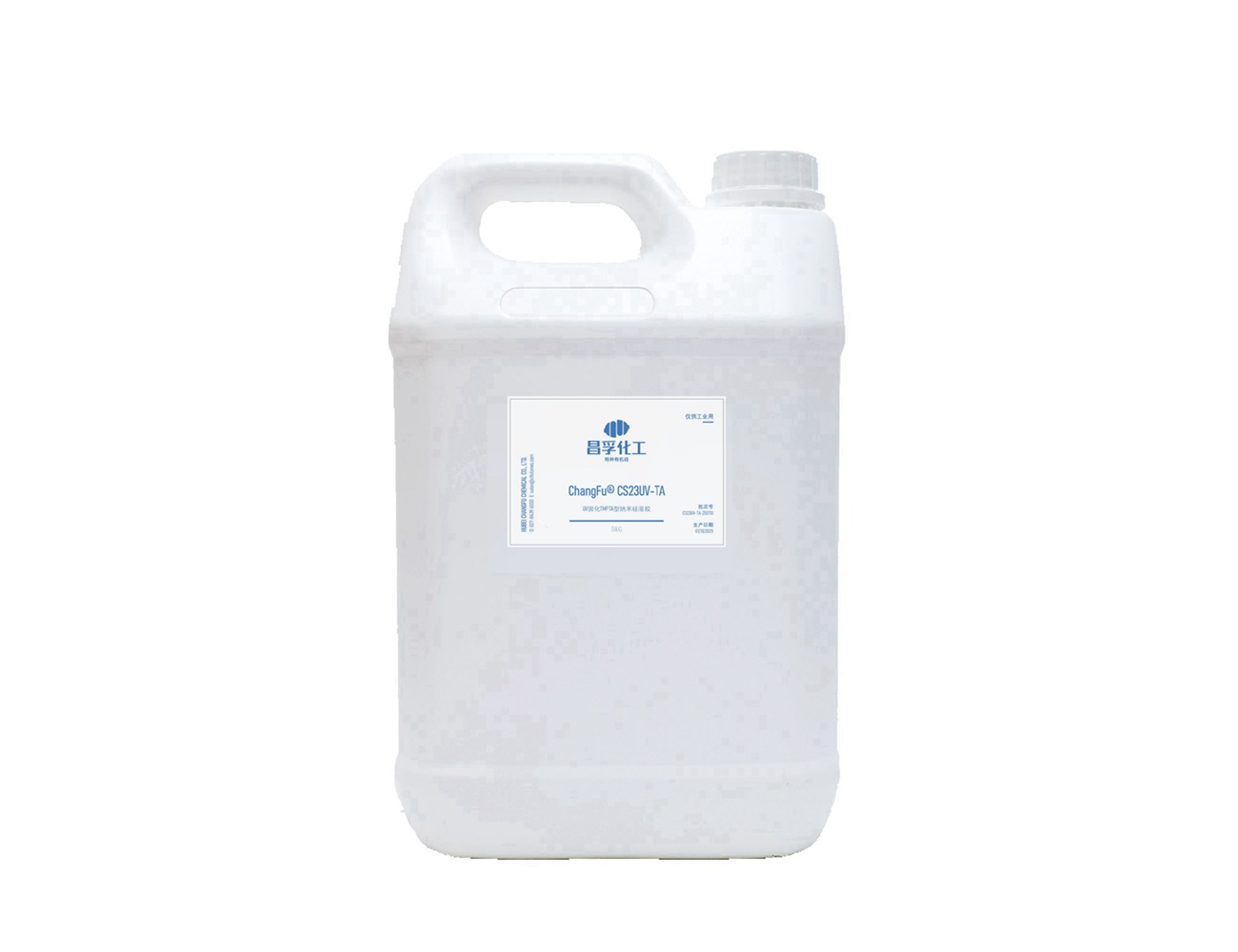
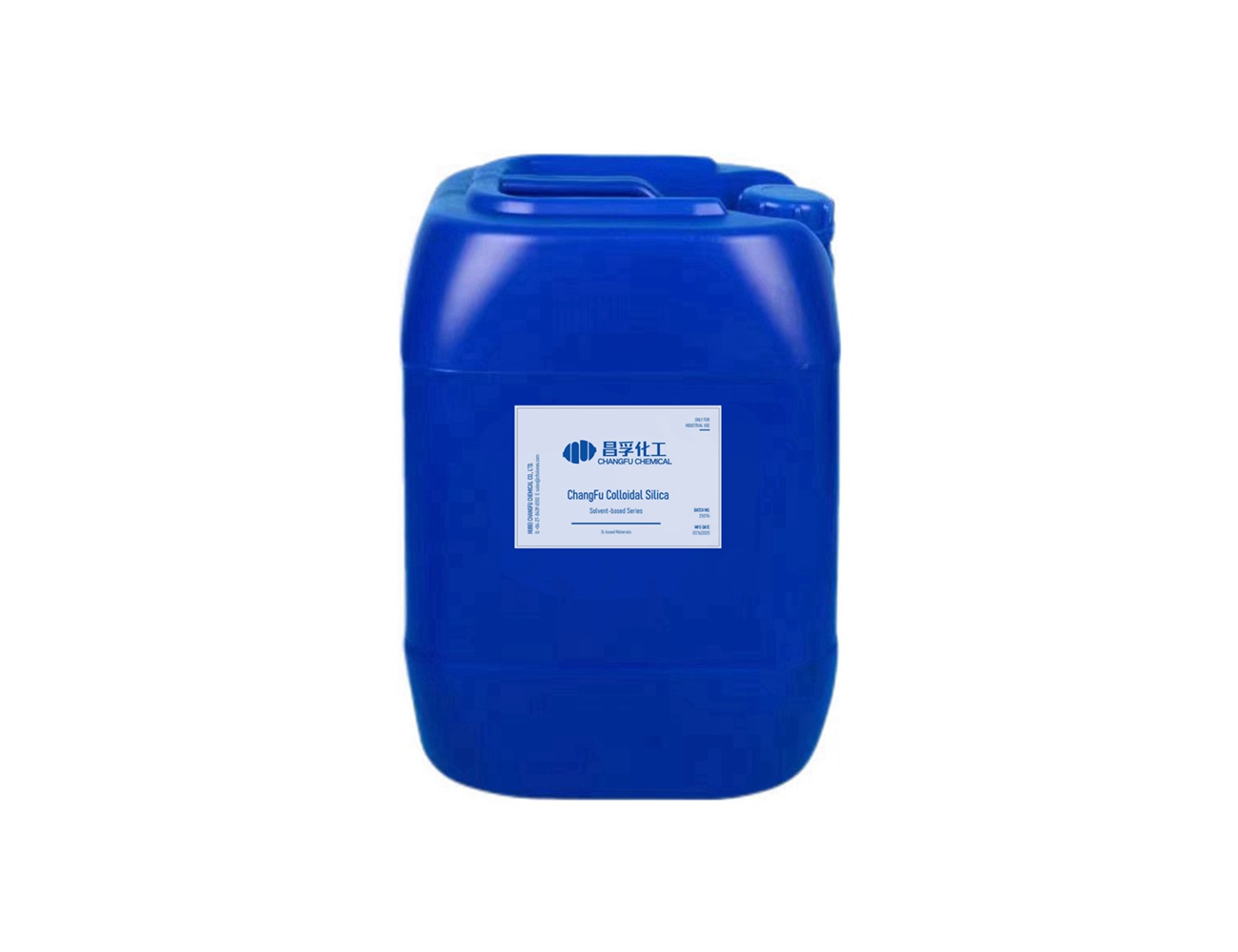


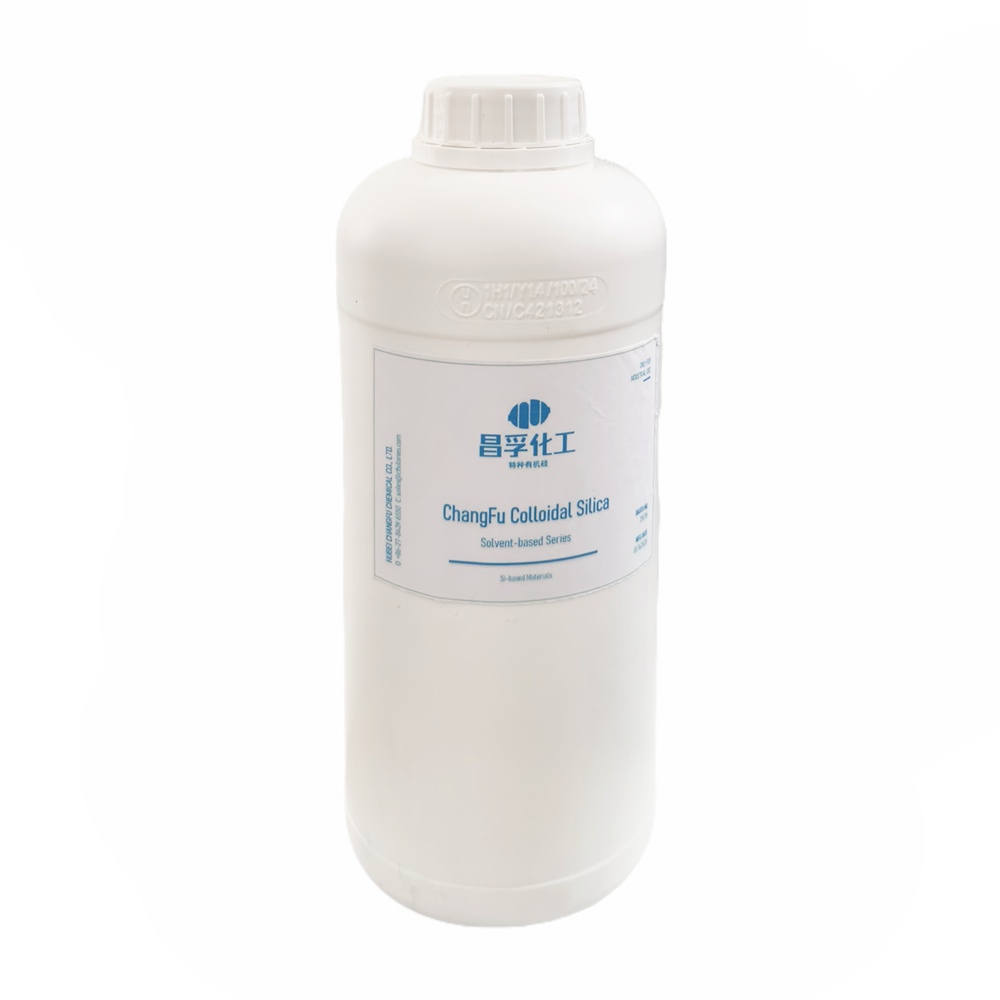


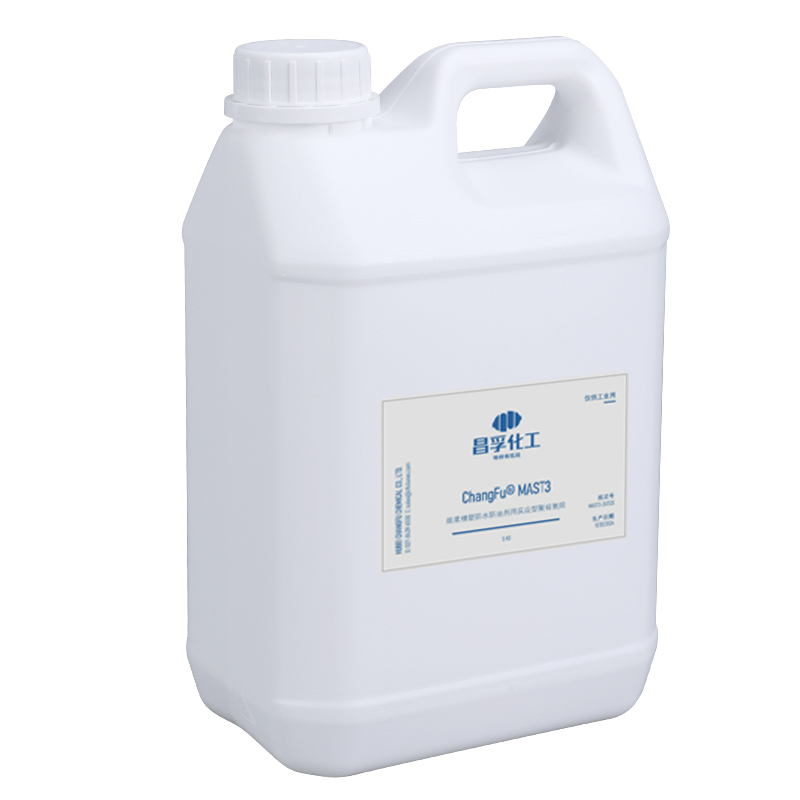





































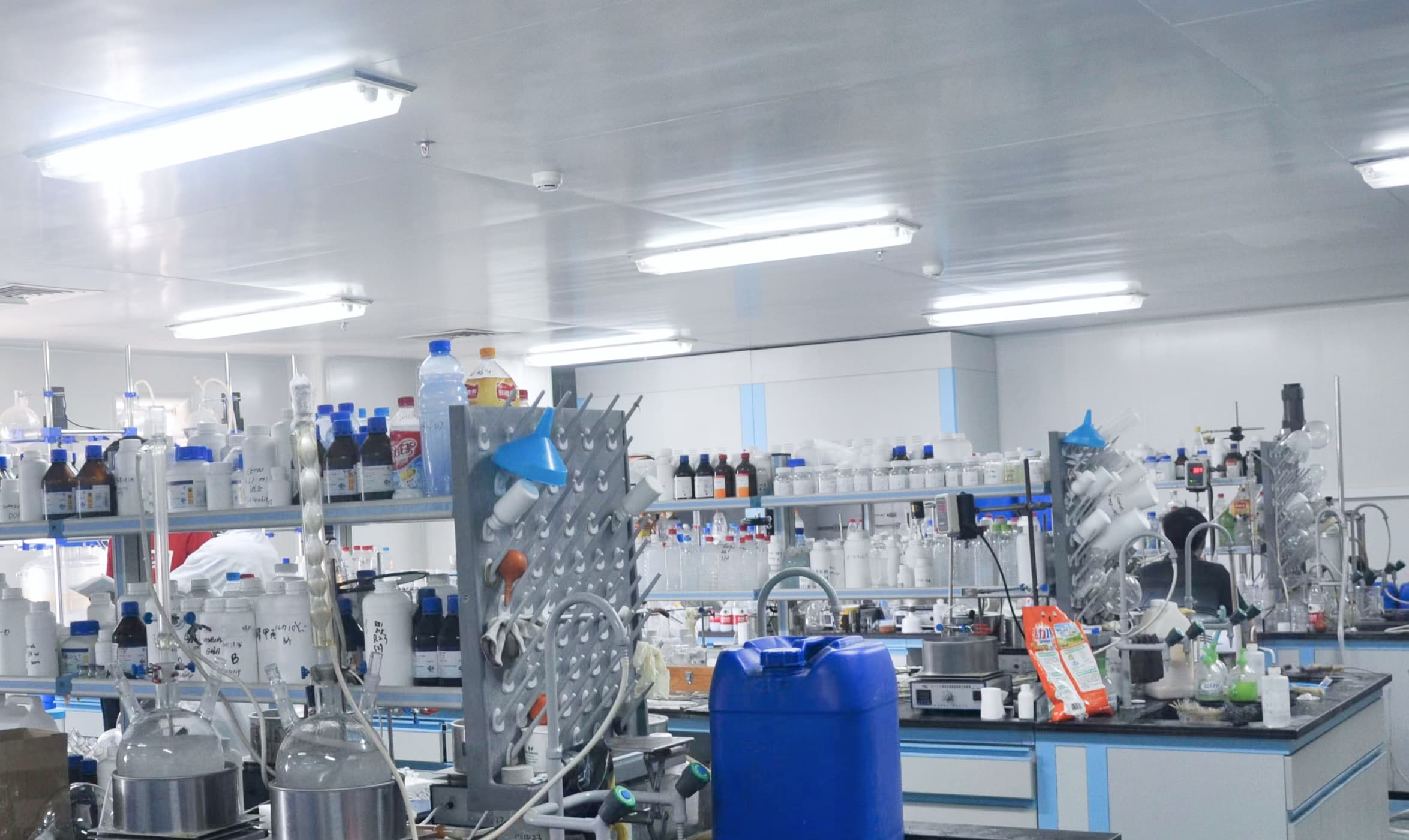

+86 27 8439 6550
+86 181 6277 0058
sales@cfsilanes.com
Optics Valley Bio-City
No. 666, Gaoxin Avenue
Hongshan District, Wuhan City

+86 27 8439 6550 | +86 181 6277 0058
sales@cfsilanes.com
Optics Valley Bio-City
No. 666, Gaoxin Avenue
Hongshan District, Wuhan City
Copyright © Hubei ChangFu Chemical Co., Ltd. All Rights




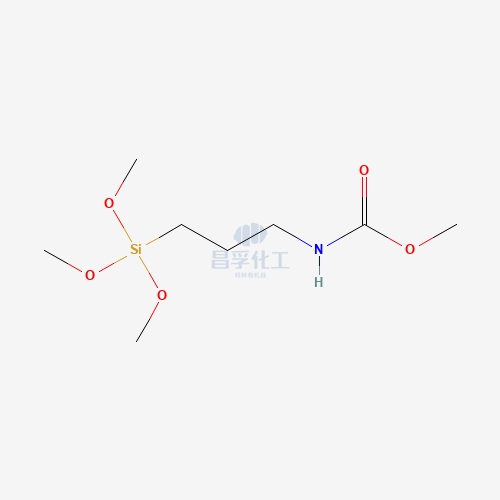
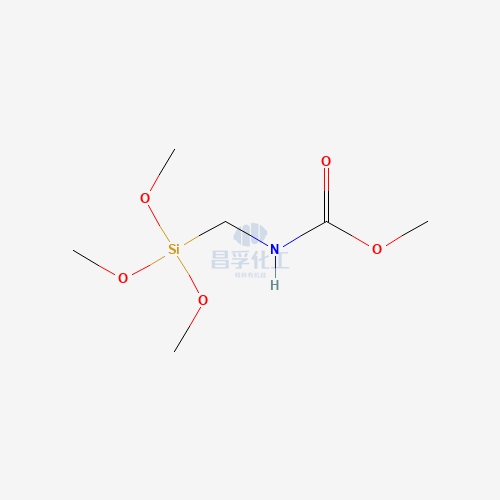
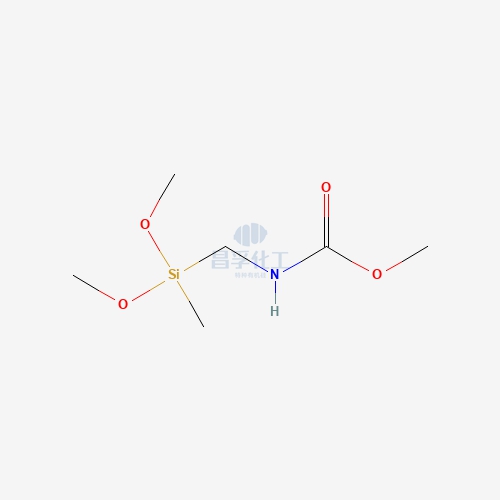
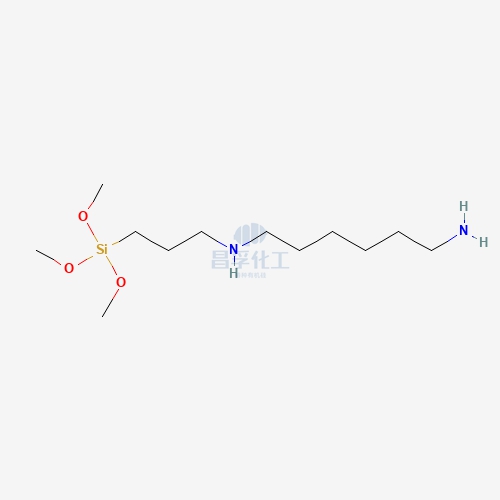
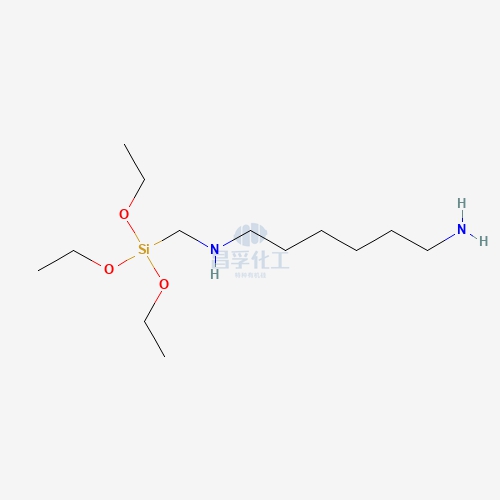
![N-[5-(Trimethoxysilylpropyl)-2-aza-1-oxopentyl]caprolactam CAS: 106996-32-1 106996 32 1 N-[5-(Trimethoxysilylpropyl)-2-aza-1-oxopentyl]caprolactam CAS: 106996-32-1 106996 32 1](https://cdn.yofishseo.com/1363882761272232/106996-32-1.jpg)
